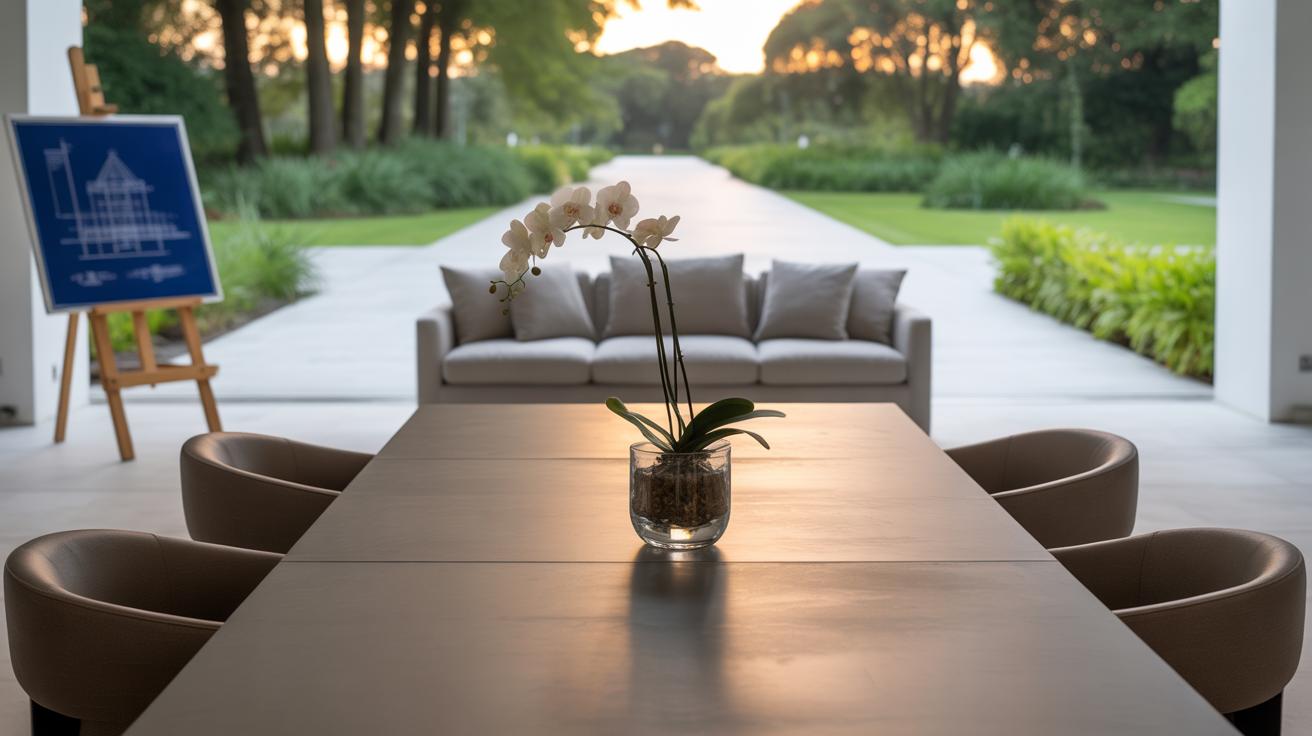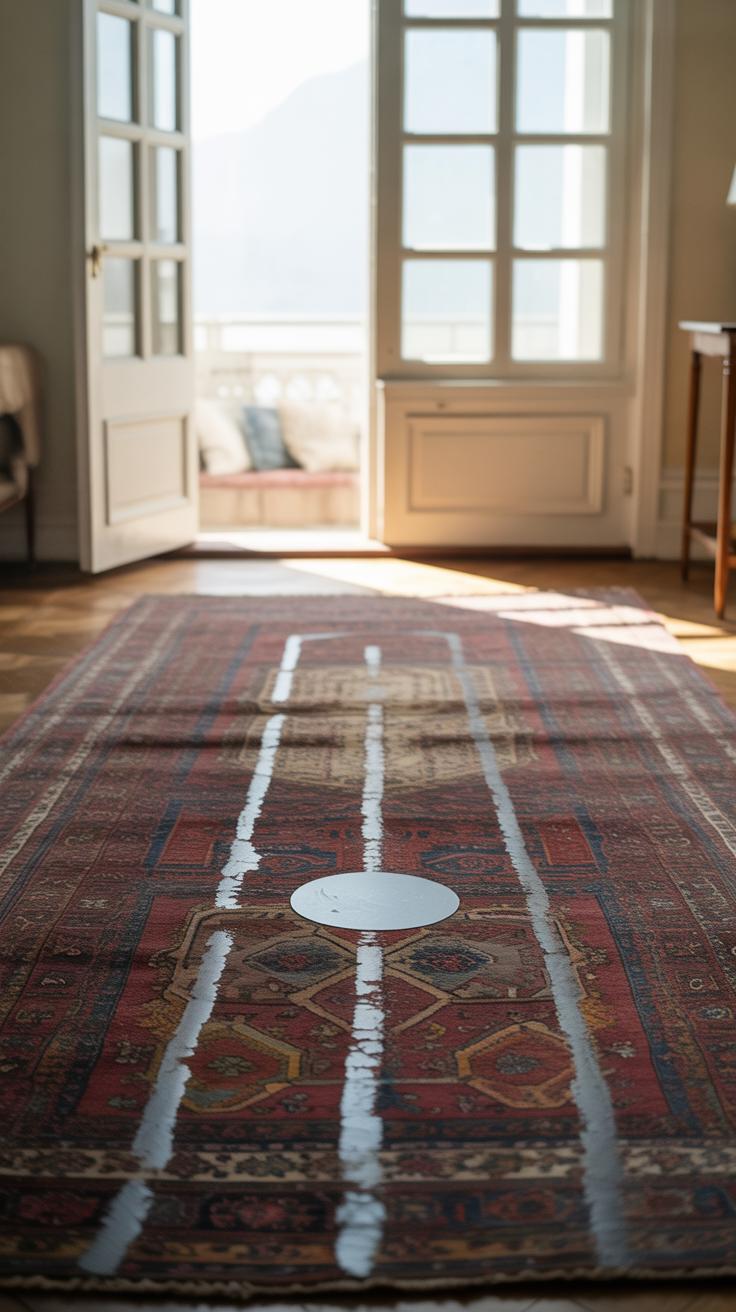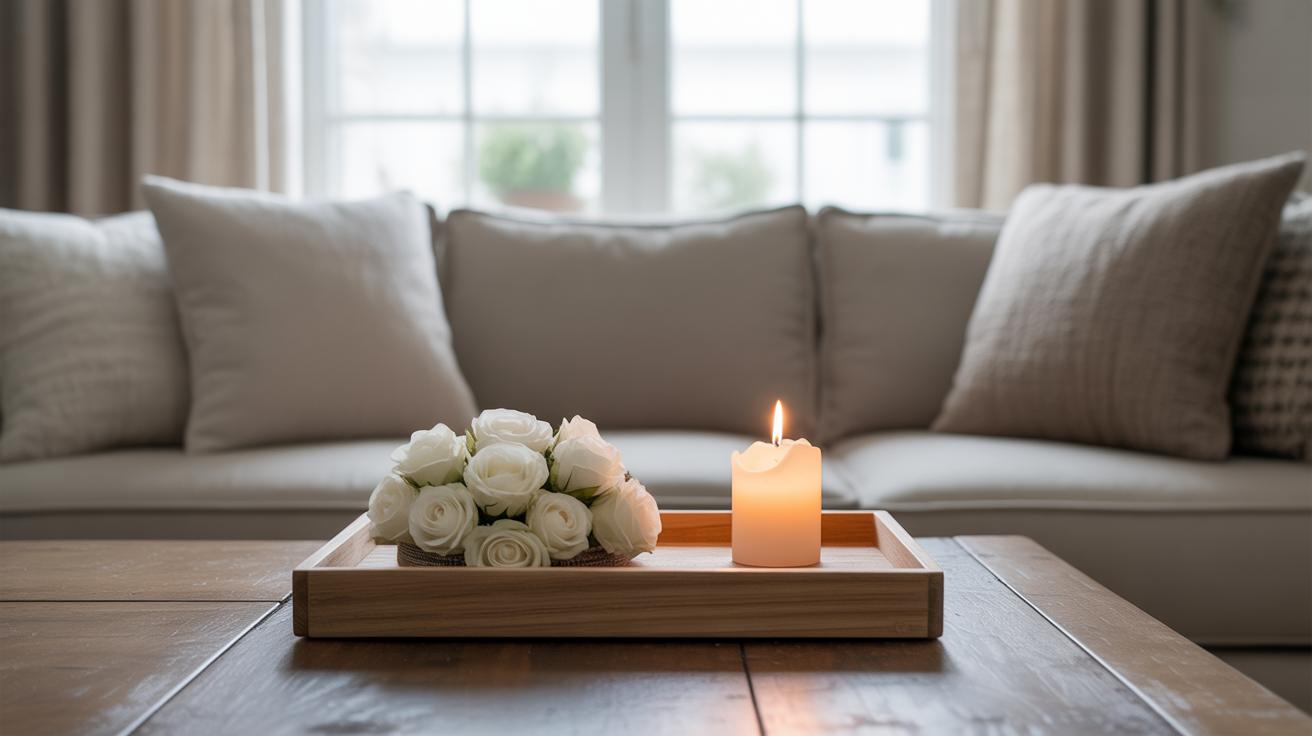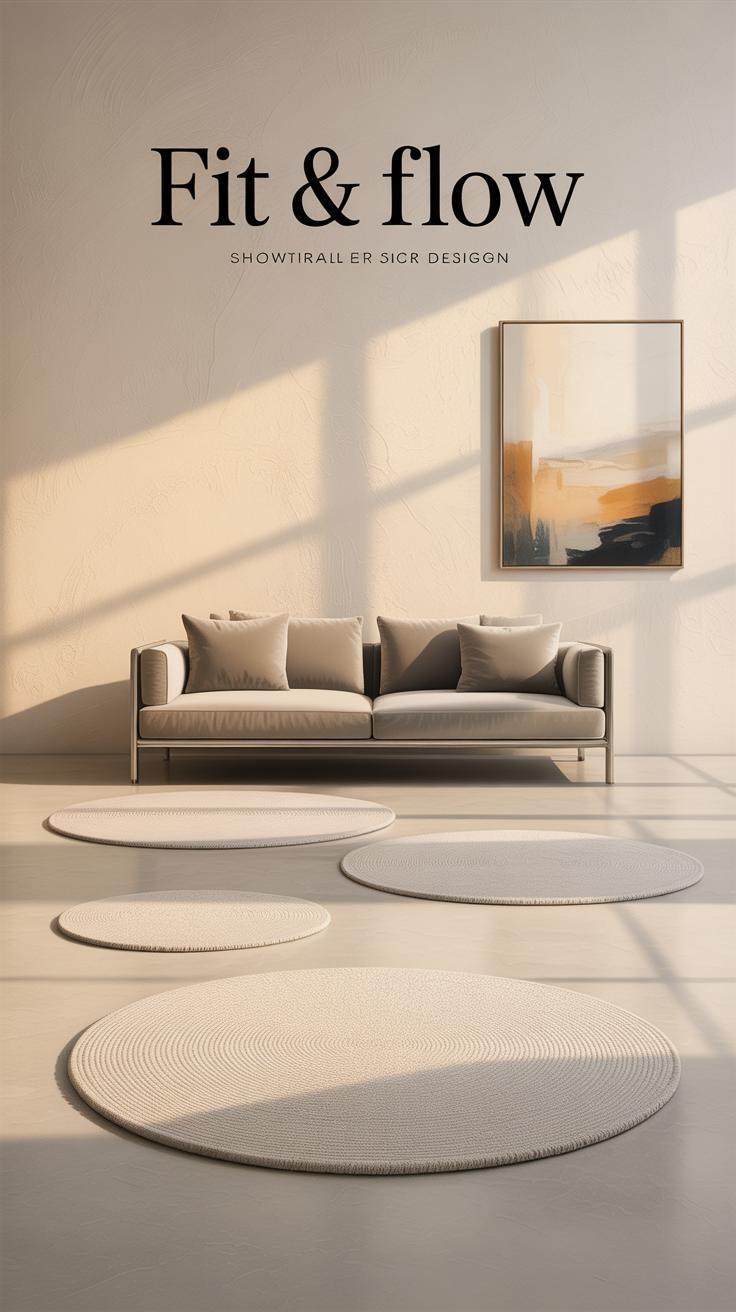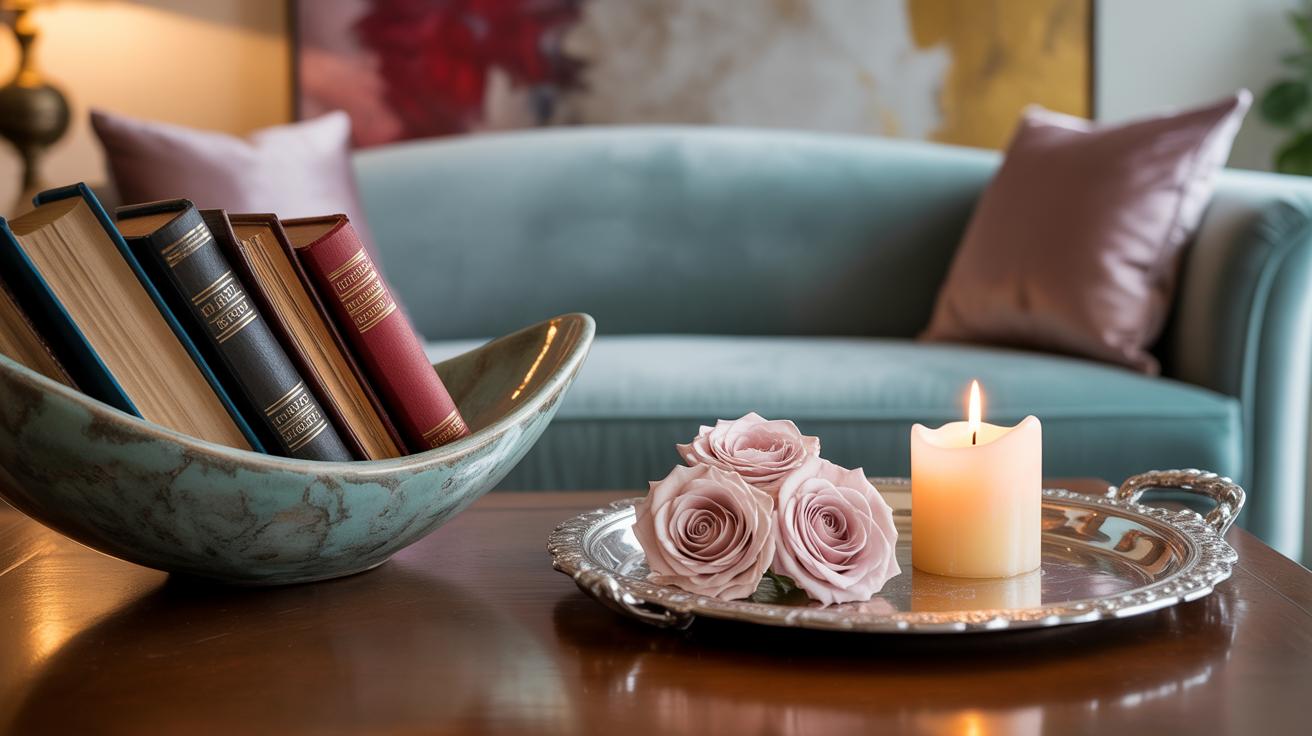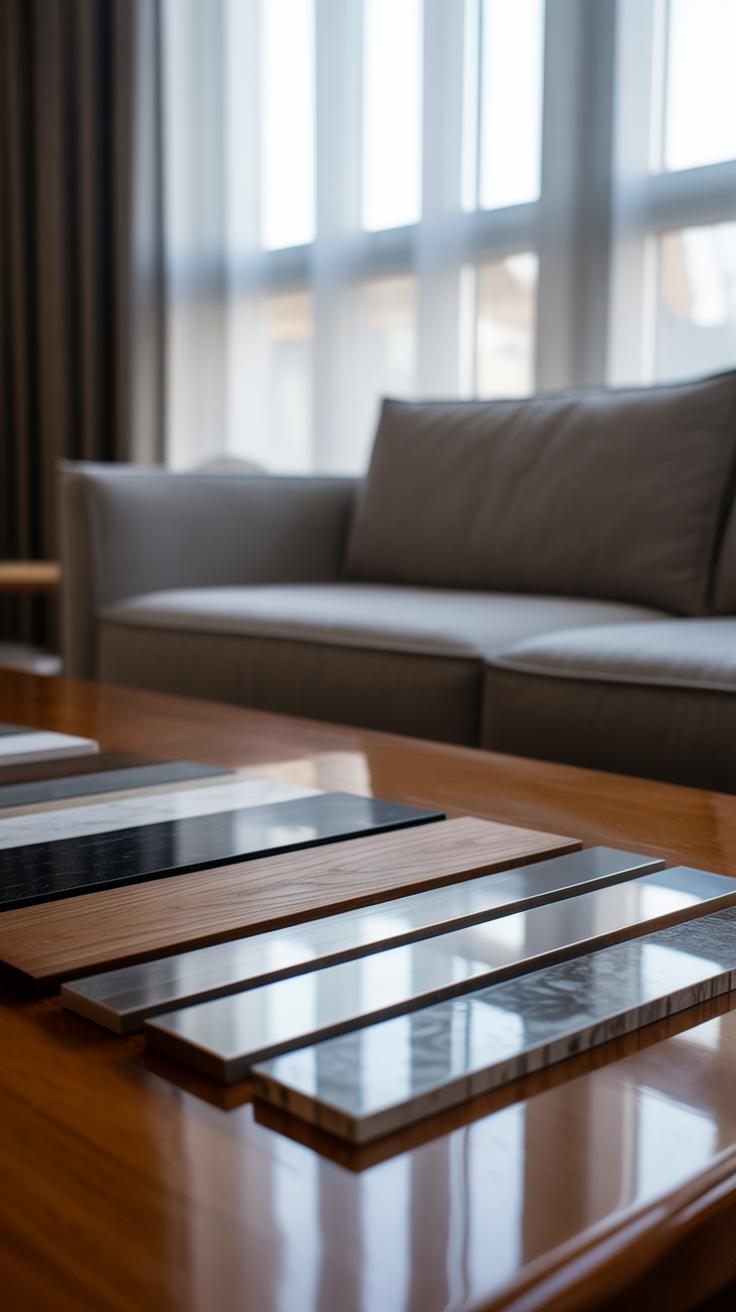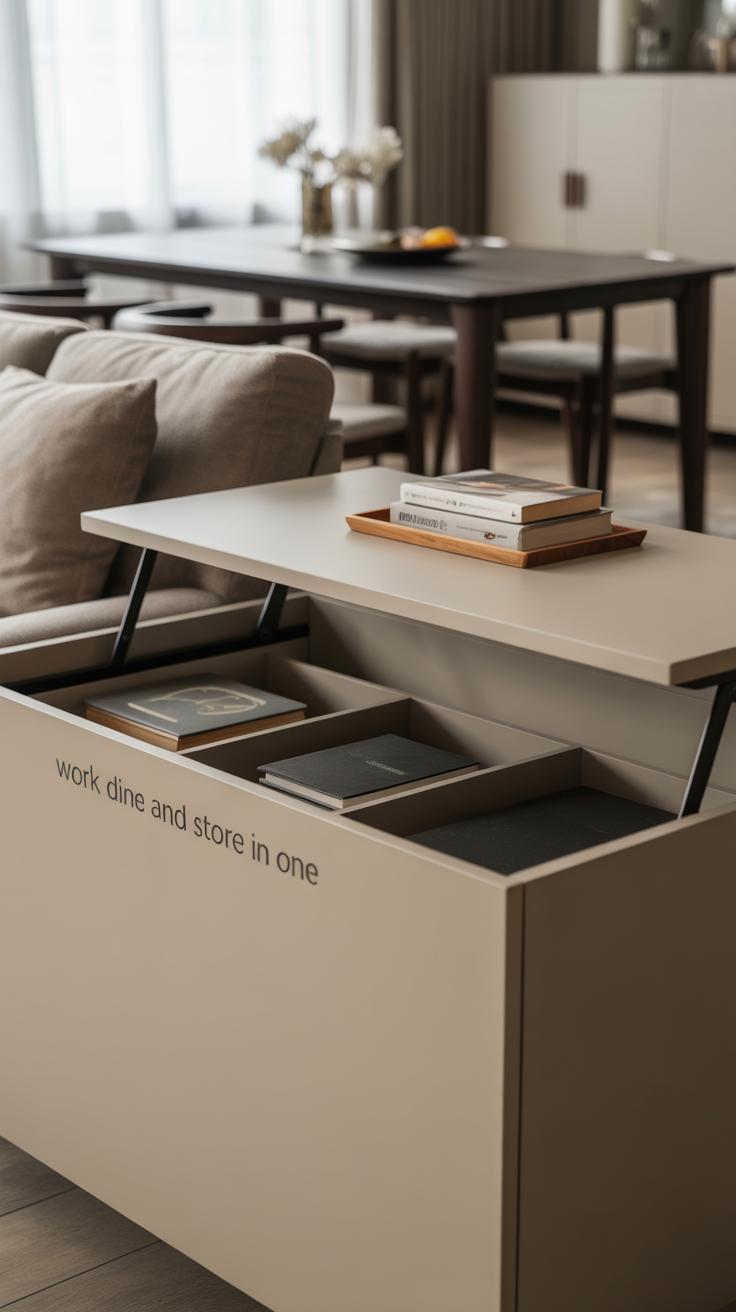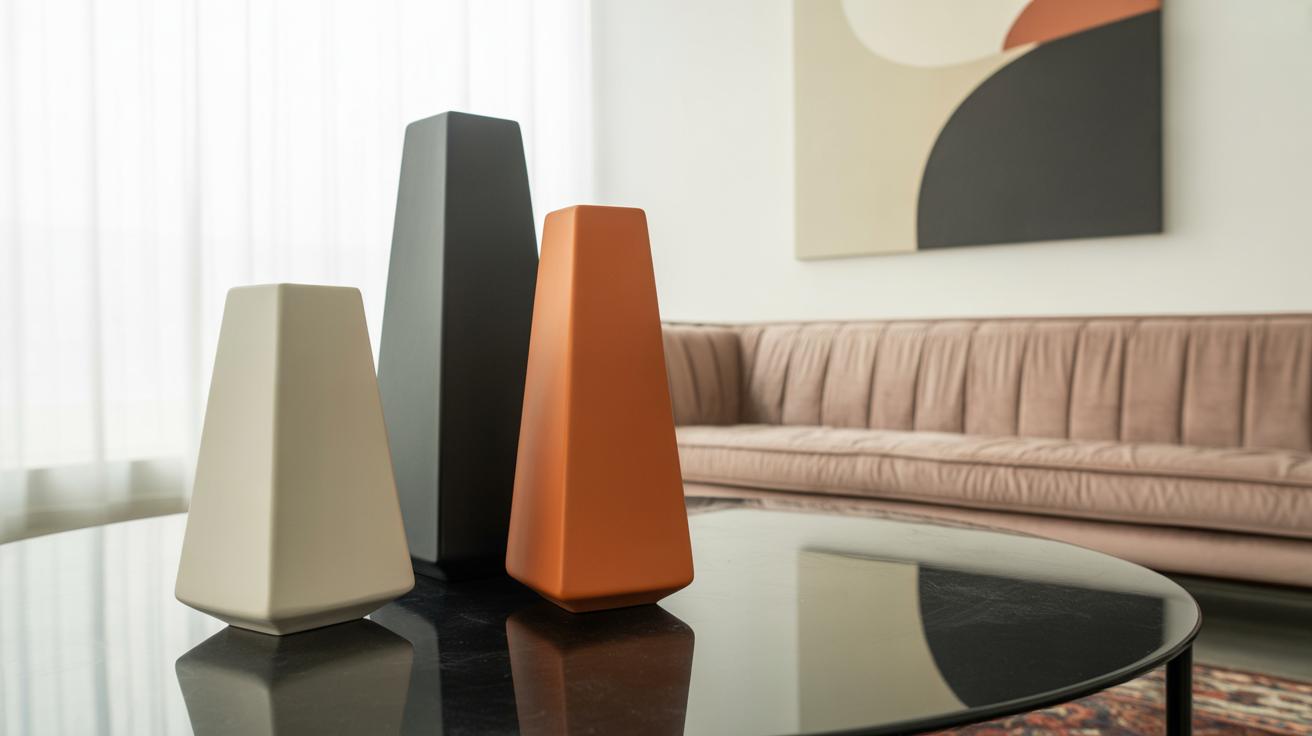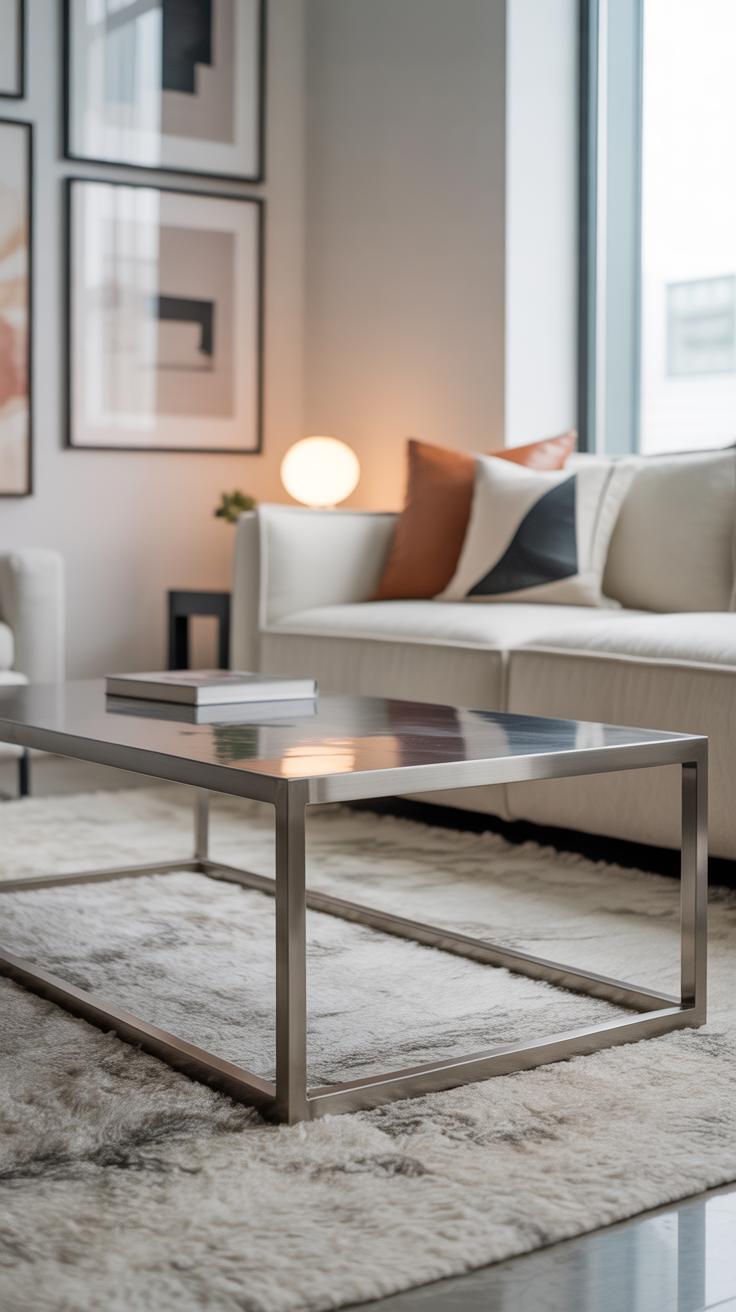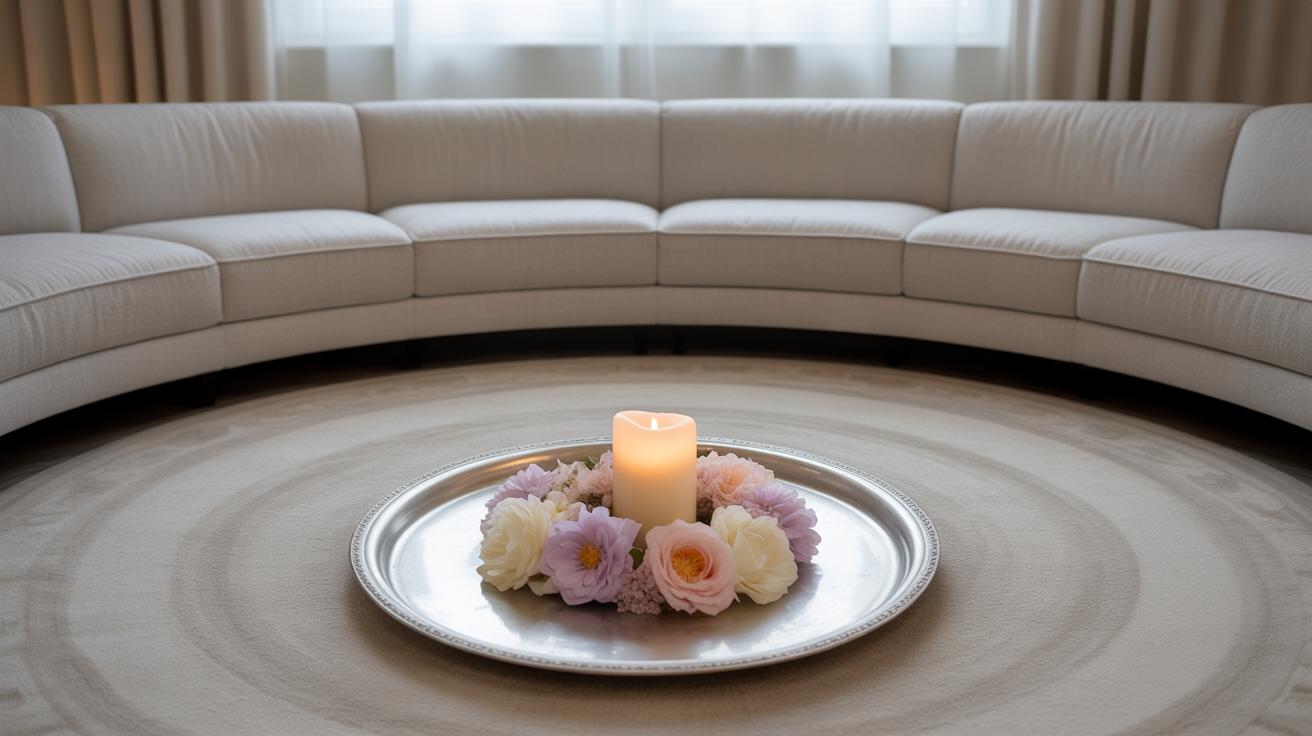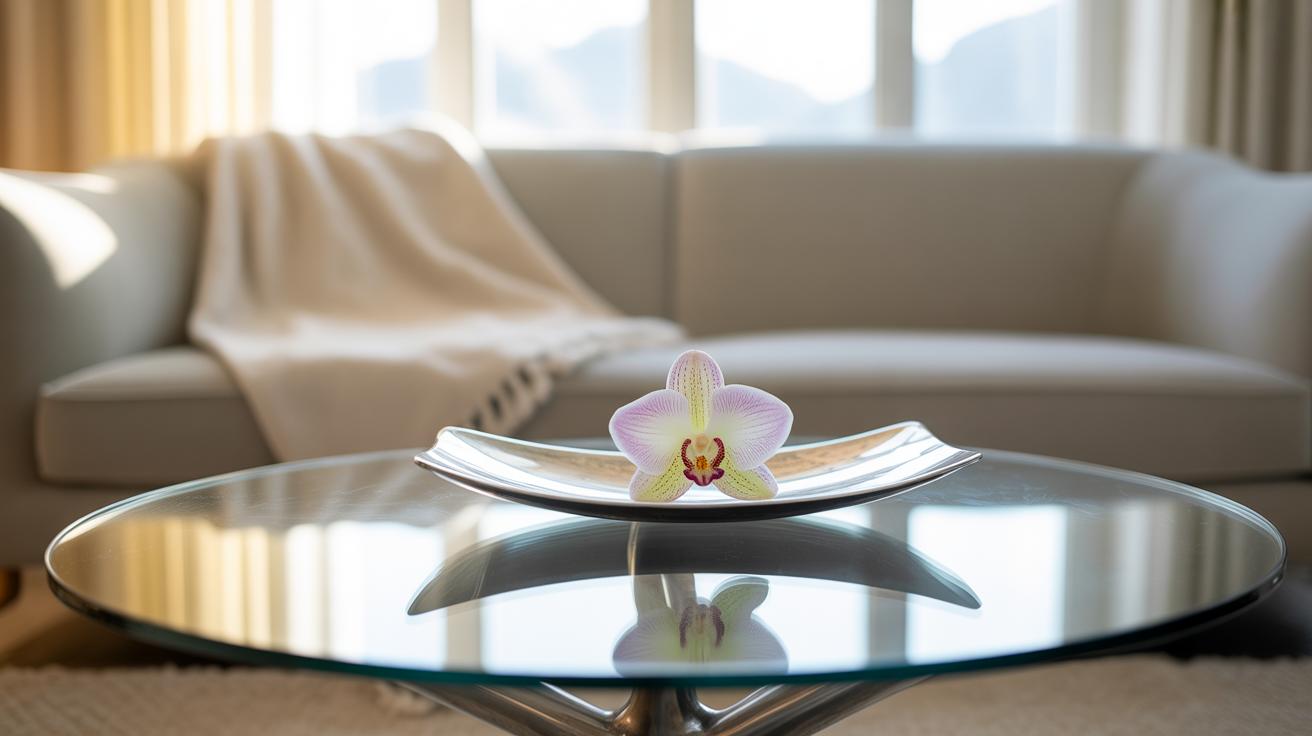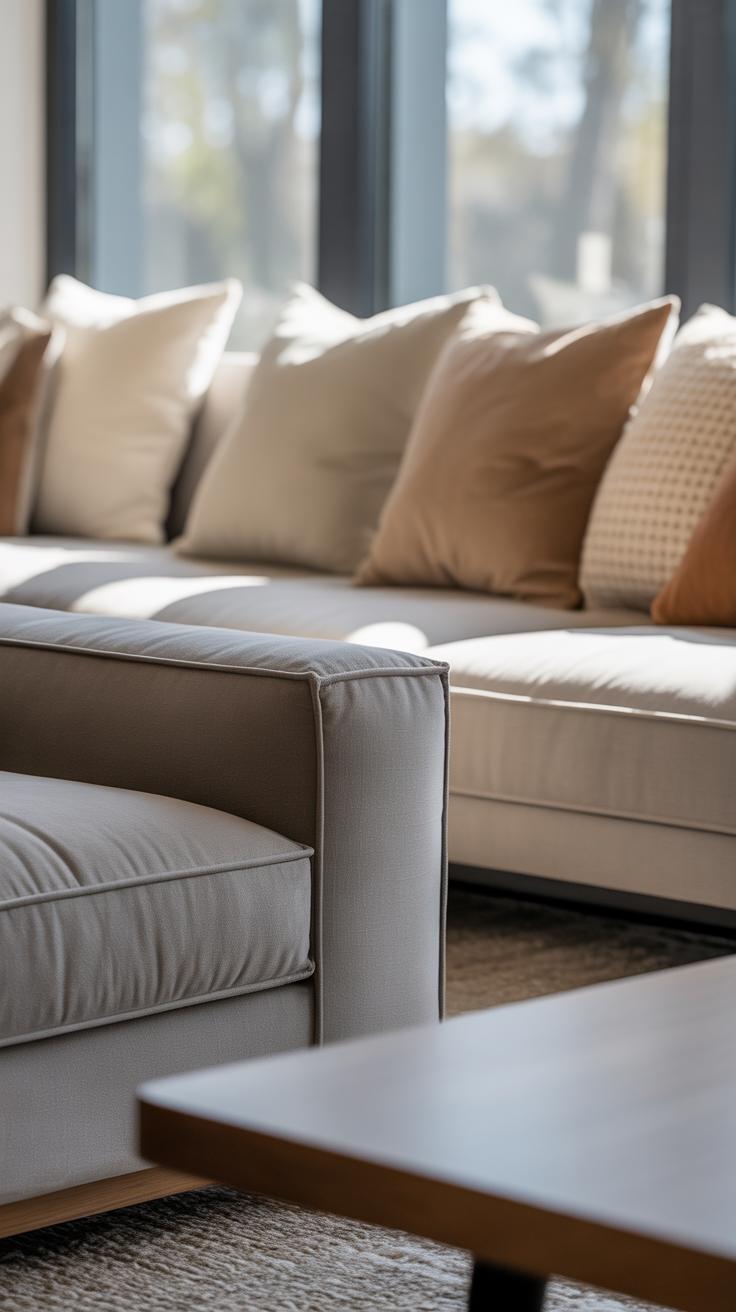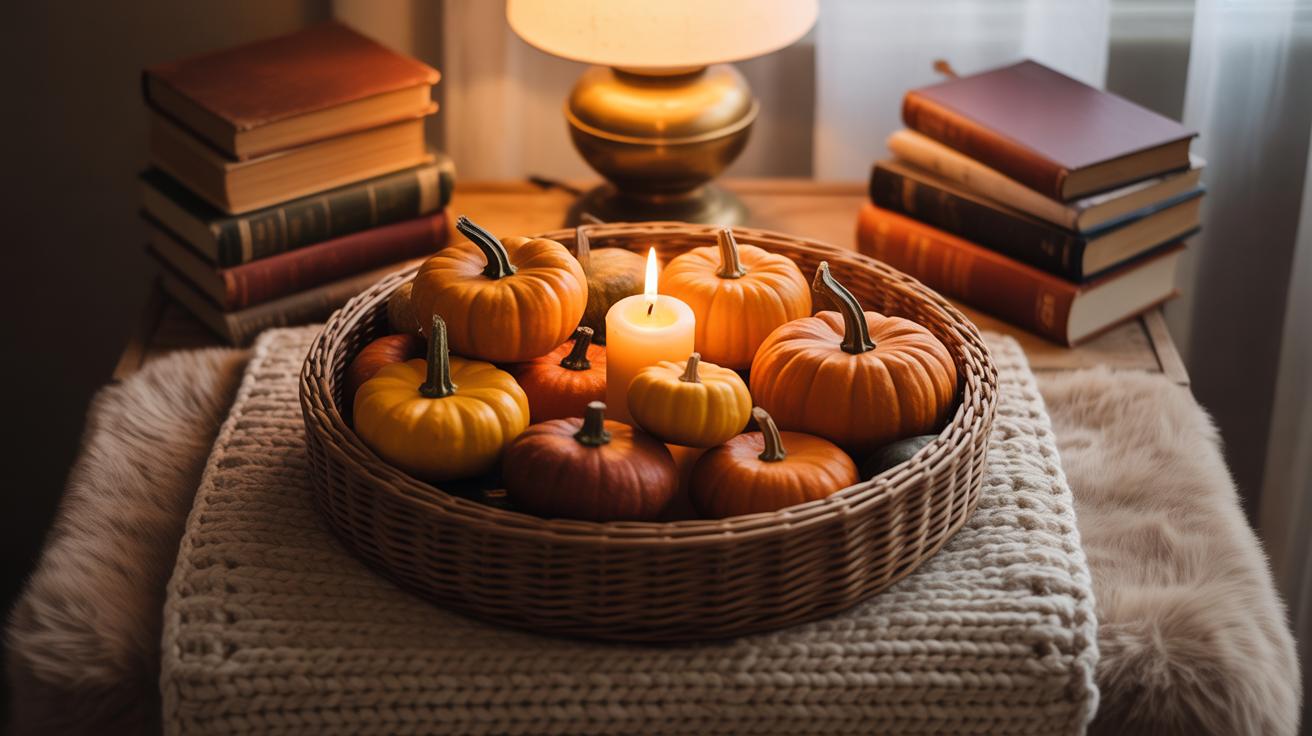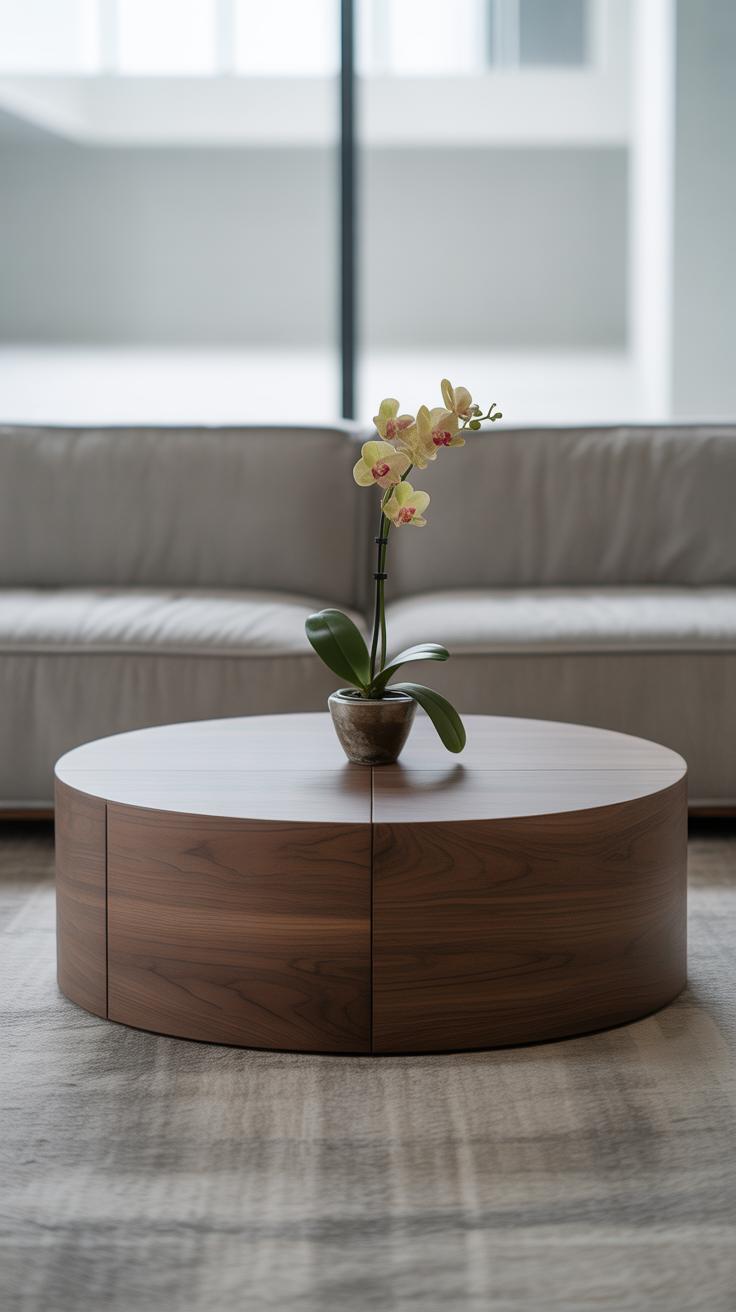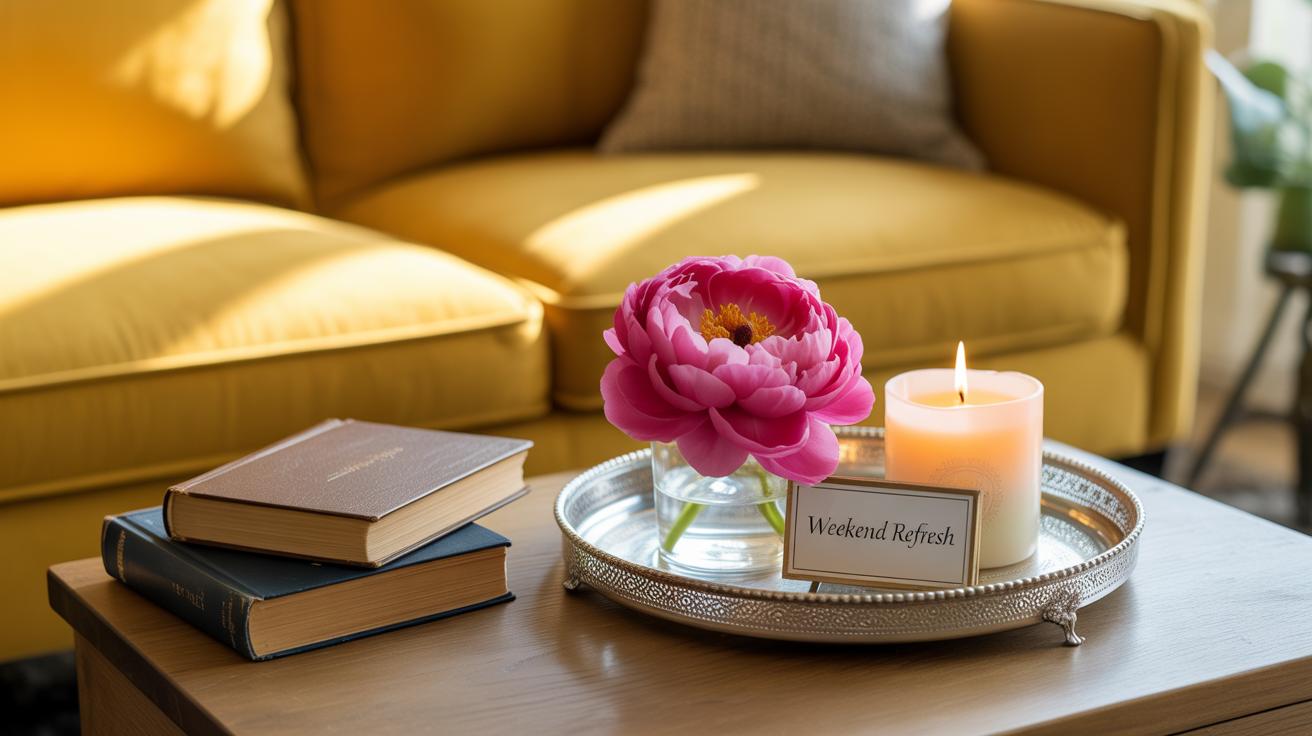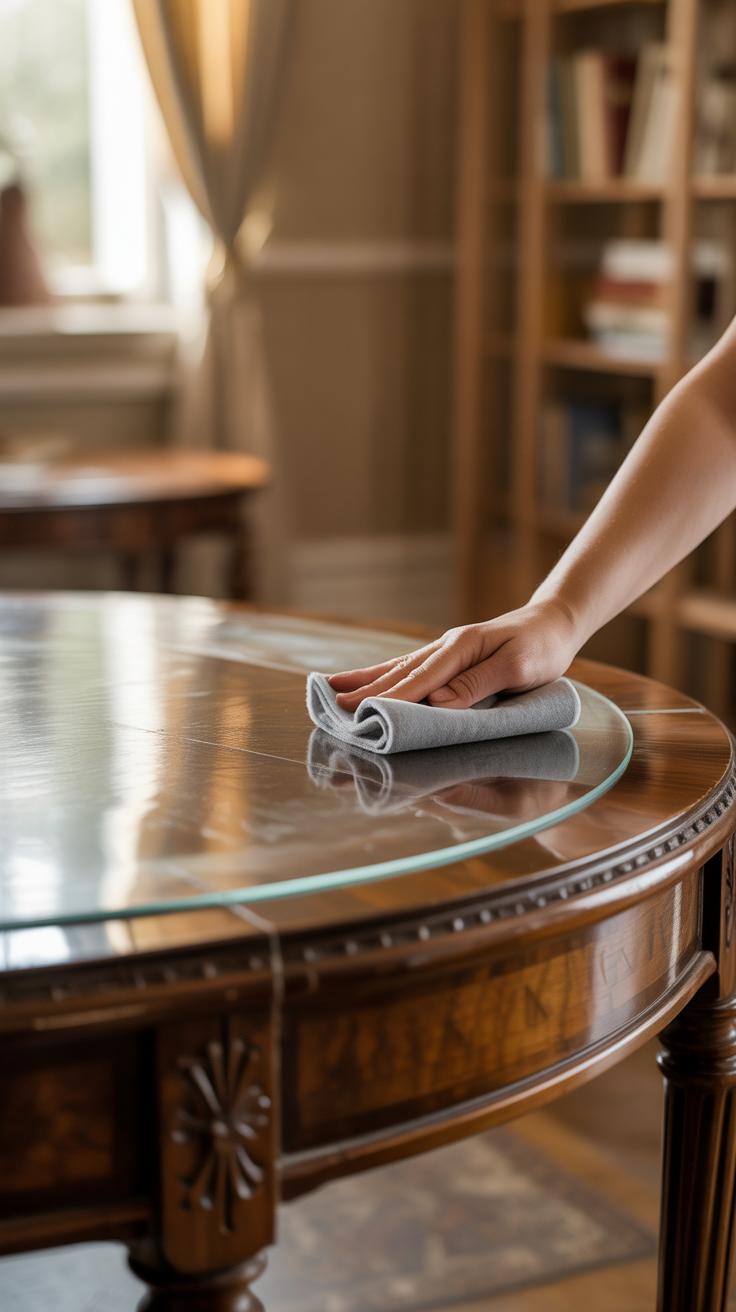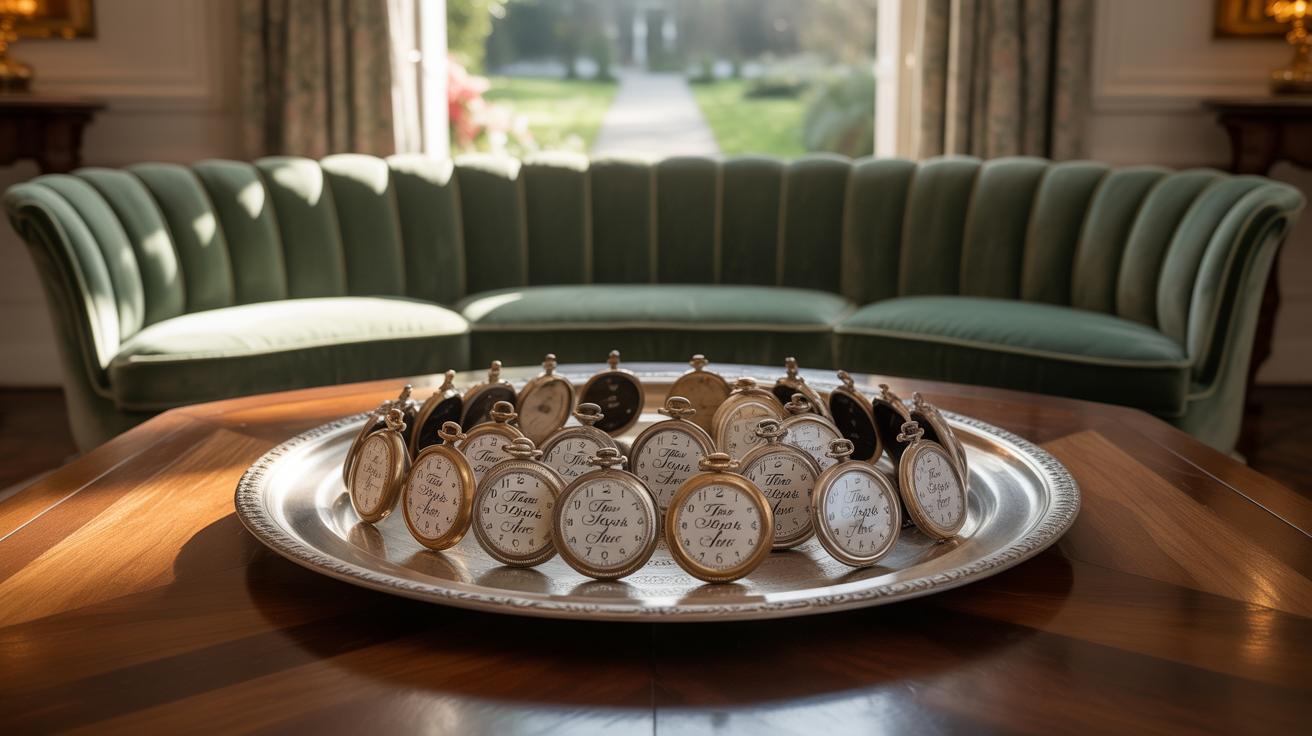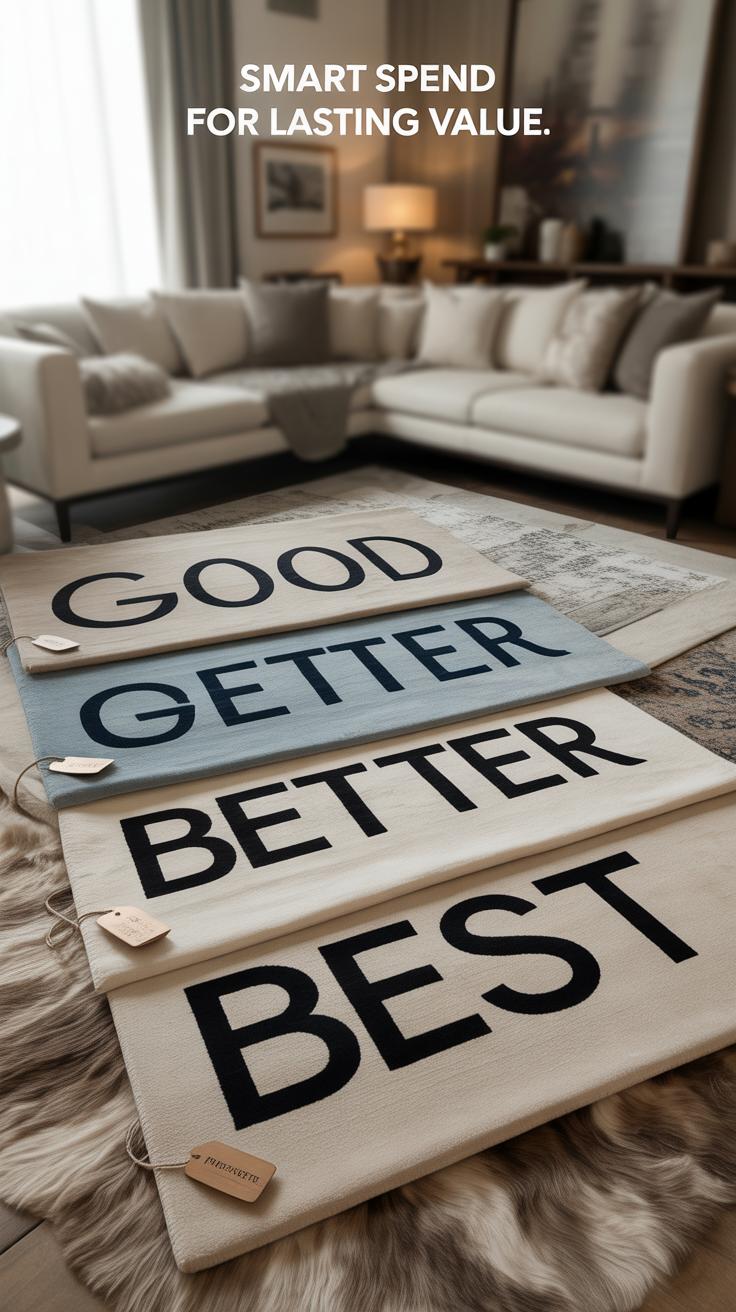Introduction
Living room coffee tables are key elements that combine function and style in any home. They provide a place for your drinks, books, and decorations, and can help define the space visually. Finding the right coffee table that fits your living room layout can make your space more comfortable and practical.
This article explores how to select coffee tables tailored to different living room layouts. We will look at styles, materials, sizes, and uses. You will learn how to pick a table that suits your space and your lifestyle.
Understanding Your Living Room Layout
Figuring out the right coffee table always starts with looking closely at your living room’s size and shape. You might think it’s obvious, but it’s easy to rush in without really measuring the space or imagining how the table will fit in with other pieces.
Small living rooms demand coffee tables that don’t crowd the room, maybe ones with thinner profiles or open legs that keep the area feeling light. Compact, multifunctional tables that can double as storage or extra seating often work well here. Maybe a slim rectangular or a nesting table set would be the way to go.
For large or open-plan living rooms, size suddenly means something different. The bigger the space, the bigger—or bolder—you can go. A small table might get lost or feel awkward. Think about chunky wood pieces, or something with an interesting shape or texture that makes a statement. Something that anchors the seating area and doesn’t disappear into the background.
Then, there are those corner rooms or oddly shaped spaces that don’t fit traditional patterns. Here, you might need to get creative—maybe a round table instead of square to fit in a nook, or an asymmetric design that complements an unconventional layout.
When I first chose my coffee table, I underestimated how the space around it would feel. It was much too large for the cozy corner I had, making the room feel cramped. Measuring and picturing the flow of movement really changed how I thought about what “fits.” How much space do you want between your sofa and table? That answer will tell you a lot about the shape and size to pick.
Try drawing a simple floor plan or using painter’s tape on the floor to mark how big the table would be. Walk around it a few times. That kind of practical testing beats any guesswork.
Exploring Different Coffee Table Shapes
Choosing the shape of your coffee table is more than just a style choice—it really shapes how the room feels and functions. Round and oval tables, for example, work surprisingly well in busy or compact areas. Their soft, curved edges reduce the chance of bumping into sharp corners, which is a small but meaningful comfort in tight spaces. Plus, these shapes encourage better flow, making movement around the seating area feel less restricted. I remember once swapping a square table out for a round one in a narrow living room, and suddenly moving around didn’t feel like an obstacle course.
On the flip side, rectangular and square coffee tables often suit more traditional or linear living room setups. They fit neatly against sofas and chairs aligned in straight lines, giving a classic, grounded look. For instance:
- Rectangular tables perfectly complement sectional sofas or longer couches, providing ample surface without feeling out of place.
- Square tables usually work best in smaller seating groups or symmetrical layouts, like a pair of armchairs facing each other.
That said, I sometimes hesitate to say one shape is better than the other. A round table in a classic setup can soften the geometry, while a rectangular one in a casual room can anchor the space. Shape definitely matters—but it’s a flexible kind of rule.
Material Choices for Durability and Style
When picking a coffee table, the material really sets the tone for the whole space. Each has its own personality and practical side, and you’ll want to balance how it looks with how much care you’re willing to give it.
Wood Tables for Warmth and Strength
Wood is a classic choice—there’s something about its natural grain and texture that brings warmth to a room. It feels solid and substantial, often lasting for years if treated well. But, you’ll have to think a bit about maintenance. Wooden tables sometimes scratch or mark easily, especially softer woods like pine. Regular dusting and occasional polishing go a long way. If you spill something, wiping it off quickly helps avoid stains. And hey, over time, small dings and scratches might even add character, giving the table a lived-in vibe.
Glass and Metal for Modern Looks
Glass and metal tables often catch the eye with a sleek, modern style. Glass tops can make a space feel lighter and more open—great for smaller rooms where you don’t want bulky pieces. But glass does require regular cleaning to stay clear and smudge-free. Fingerprints are almost inevitable. Metal bases or tables can feel industrial or minimalist, depending on the finish. They’re usually tough and resist damage better than wood but can show scratches or lose some shine over time. If you’re after modern simplicity, this combo is hard to beat, as long as you’re okay with a bit of upkeep to keep the look crisp.
MultiFunctional Coffee Tables
Living rooms often juggle many activities, so your coffee table might need to do more than just hold drinks. Tables with built-in storage can be a blessing, especially if clutter tends to creep in. Drawers, shelves, or secret compartments make it easier to tuck away magazines, remote controls, or even toys without adding bulk to your space. I’ve noticed that having a place to hide small items instantly makes a room feel calmer—though sometimes I wonder if I just end up forgetting what’s hidden.
Then, there are adjustable coffee tables and nesting sets. These can be lifesavers when your living room layout changes or when guests arrive unexpectedly. For example, a table with a lift-top surface can double as a work desk during hectic mornings, or nesting tables can be pulled apart for extra surface space and slid back when not needed. It’s a kind of flexibility that feels practical but can also make the room appear less crowded.
But does multi-functionality always mean sacrificing style? Not necessarily. Plenty of these coffee tables balance function and aesthetics, though sometimes you might have to compromise a bit. Still, if your living room wears many hats throughout the day, a multi-functional table might be exactly what you didn’t know you needed.
Matching Coffee Tables to Living Room Style
Coffee Tables for Modern and Contemporary Spaces
Modern living rooms often favor clean lines and uncluttered designs, so a coffee table that blends in without overwhelming the space usually works best. Think simple shapes—rectangles, circles, or even asymmetrical forms—that keep the eye moving without fuss. Materials like glass, metal, or lacquered wood fit in well here, especially if they come with subtle details rather than bold ornamentation.
For example, a low-profile table with a metal frame and a clear glass top can add an airy feeling, letting other elements in the room take center stage. Sometimes, a sleek marble slab set on thin legs is just enough to feel modern without scoring too high on the coldness factor. If you lean towards contemporary, beware of overly heavy pieces that might disrupt the balance and feel out of place.
What’s tricky is that modern is flexible—minimalist yet sometimes a bit eclectic. You might find that mixing a modern table with one or two standout decorative objects creates more personality than a perfectly matched ensemble.
Classic and Rustic Table Options
Traditional and rustic living rooms have a different vibe. They tend to embrace warmth and a sense of history, so coffee tables with wood finishes, visible grain, and a kind of rugged charm fit right in. Solid wood pieces—whether distressed, reclaimed, or polished—bring a tactile quality that pulls the room together.
A rustic table might be chunkier, with details like carved legs or wrought iron accents. The imperfections in the wood, maybe some knots or rough edges, feel more genuine in such spaces. For classic rooms, a coffee table with gentle curves, rich wood tones, and refined craftsmanship tends to echo the surrounding furniture, often adding a bit of formality.
Yet, sometimes, a slightly unexpected element like a vintage trunk used as a coffee table can add character, blending rustic roots with practical storage. It’s about balance: too polished or too sleek, and you lose the warmth; too rough or mismatched, and it feels cluttered.
Are you leaning toward rustic flair? Think beyond the table’s look and consider how it interacts with other textures in the room—leather sofas, woven rugs, or soft linens all play a part in the overall feel.
Considering Table Height and Proportions
Why Table Height Matters for Comfort and Usability
Table height can make or break your experience with a coffee table. If it’s too low, reaching for a drink or a book might feel awkward—bending too much isn’t exactly relaxing. Too high, and it could interfere with legroom or just feel out of place. Usually, the gold standard is about the same height as the cushions of your sofa, maybe an inch or two lower or higher depending on your preference. I’ve found that when the table sits roughly at sofa seat level, it becomes effortless to put something down or grab a snack without stretching or stooping.
Beyond comfort, the height affects visual flow. A towering table in a room with low furniture creates an odd sense of imbalance. Conversely, a low profile table next to a tall, overstuffed couch feels dwarfed. So, you don’t want something that fights for attention or disappears entirely.
Choosing Comfortable Height for Easy Access
Measuring for the right height is surprisingly simple but easy to overlook. Start by checking your sofa seat height—that means from the floor to the top of the cushion. Then, aim to pick a table that is within an inch or two of that measurement. If your sofa seat is 18 inches high, look for coffee tables between 16 and 20 inches.
But of course, this isn’t a strict rule. Sometimes, having a slightly lower or higher table works better depending on your habits or room setup. For example, if you often work from your couch, a slightly higher table might make laptop use easier. Also, consider what you usually place on the table. Taller heights suit lamps or decor; lower ones are better for trays and laptops.
Proportions to Keep the Room Balanced
Choosing the right size is about more than just height. The table’s overall scale has to fit with your sofa and the size of your living room. If your sofa is large and plush, a tiny table can look lost. But, if the table’s too big, it might crowd the seating or make the room feel cramped.
Think about these points:
- Table length should be about two-thirds the length of your sofa. This generally keeps the balance right without overwhelming.
- Width needs consideration too—narrower tables suit slim spaces, but go wider if your living area allows.
- Height and bulk together define presence. A heavy, tall table demands room; a low, sleek one can make a small space feel open.
Finding the balance usually means trying a few sizes out if you can and seeing how they “feel” in your space, rather than just relying on numbers. Sometimes, the perfect table turns out to be a bit unexpected.
Placing the Coffee Table for Best Use
Where you put your coffee table can change how your living room feels—and functions. Generally, you want the table centered in front of your main seating, like a sofa or chair grouping. A common rule I follow is to leave about 14 to 18 inches between the edge of the sofa and the table. That way, there’s enough room to move comfortably and still reach your coffee or remote without stretching too far. Sometimes, I find myself moving it a little closer or farther depending on how many people are sitting or if there’s food involved.
When it comes to aligning the table, keep it parallel and centered with the sofa or the primary seating piece. It just creates a natural flow in the space—you know, it feels balanced and inviting. Though, if you have a very deep sofa or one with wide arms, I guess you might want to push the table a bit closer to stay within easy reach.
If your seating isn’t a simple straight line—say, you have an L-shaped sectional or a curved sofa—placement gets trickier. For an L-shaped setup, the coffee table usually goes in front of the longer section but slightly angled or shifted so it’s accessible from both sides. It might not be perfectly centered but should still be close enough for everyone to use it. Circular or rounded seating calls for a round or oval table to match the shape and keep everything cohesive. I’ve noticed these layouts make the space feel more intimate, and the coffee table acts as a kind of anchor.
Another thing to think about is walking space around the table. You probably want at least 18 to 24 inches around it to avoid bumping into corners or feeling cramped, but sometimes smaller spaces force you to be flexible. Have you ever felt like your room was just begging for a different table placement? It happens. So don’t hesitate to experiment until it feels just right, even if it’s a bit unconventional.
Maintaining and Caring for Your Coffee Table
Keeping your coffee table looking good can feel like a bit of a chore, but it doesn’t have to be complicated. Different materials call for different care, and knowing just a few things can make a big difference over time. For wood tables, wiping with a soft, slightly damp cloth daily keeps dust at bay without scratching the surface. Glass tops respond well to glass cleaner or a vinegar-water mix, but avoid harsh chemicals that could etch the finish. If your table uses metal, a dry microfiber cloth usually works best, though a gentle polish now and then can restore some shine.
To avoid damage—and here’s where people often slip up—placing coasters under drinks prevents rings and stains. Using placemats or trays on wooden surfaces can stop scratches from small items or accidental bumps. Something I learned the hard way: avoid dragging items across the table; it’s tempting but will wear down the finish sooner than you expect.
Long-term care means occasional deep cleaning and perhaps refinishing wood surfaces, which can bring your table back to life if it’s looking worn. Maybe think twice before exposing the table to direct sunlight—it fades some finishes and can make materials brittle. You might want to ask yourself: how much use will this table get, and are you prepared to clean it regularly? Sometimes, opting for a tougher material saves you more hassle.
Budgeting Your Coffee Table Purchase
Setting a budget for a coffee table can feel tricky. You want something durable and stylish, but you don’t have to break the bank to get there. The key is knowing where to look and what to expect. For example, shopping during sales—think clearance events or holiday discounts—can save a lot. Or try secondhand shops and online marketplaces; sometimes you find a gem that just needs a little polish.
When balancing cost with value, think about your lifestyle. If your living room sees a lot of traffic, maybe it’s worth investing a bit more upfront for something sturdy. Yet, if your space is more for occasional use, it might make sense to opt for something more affordable and swap it out down the line.
Affordable Options with Style
Materials like engineered wood or metal frames often come at a lower price and still look good. Stores focused on budget-friendly furniture usually have options that don’t scream cheap—just look a little closer. I’ve found decent coffee tables made from MDF with a nice finish that held up surprisingly well for years.
Don’t overlook smaller brands or local artisans either. They might offer a stylish piece that won’t cost as much as the big retailers. Even flat-pack furniture stores can yield something attractive if you’re willing to assemble it yourself.
Investing in Quality for Longevity
There’s a time when spending more makes sense. Solid hardwood tables, for example, tend to last decades if properly cared for. If you see a clean design and quality construction, it might save you money down the road by avoiding replacements.
Also, think about the feel—the weight, the finish. A slightly higher price often means a piece won’t look worn after a year or two. Sometimes, it’s worth delaying your purchase and saving a bit more rather than settling for something that won’t hold up.
Conclusions
Choosing the right living room coffee table helps in making your living space more inviting and functional. By considering the size and layout of your room along with the style and material of the table, you can find the perfect match that fits your needs.
Keep in mind what you use the table for daily and how much space you have. This way, your coffee table will not only look good but also support your living room activities comfortably.

